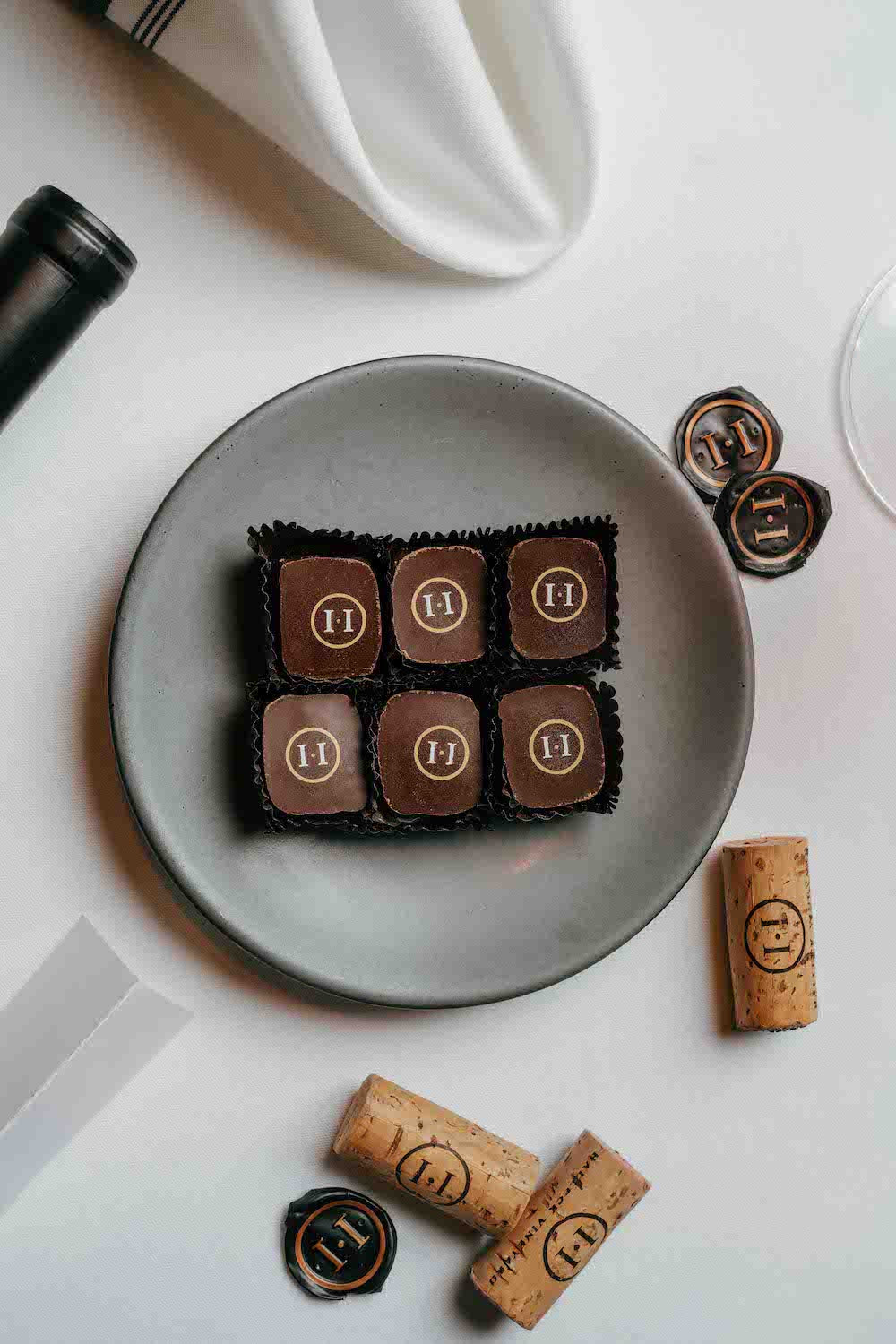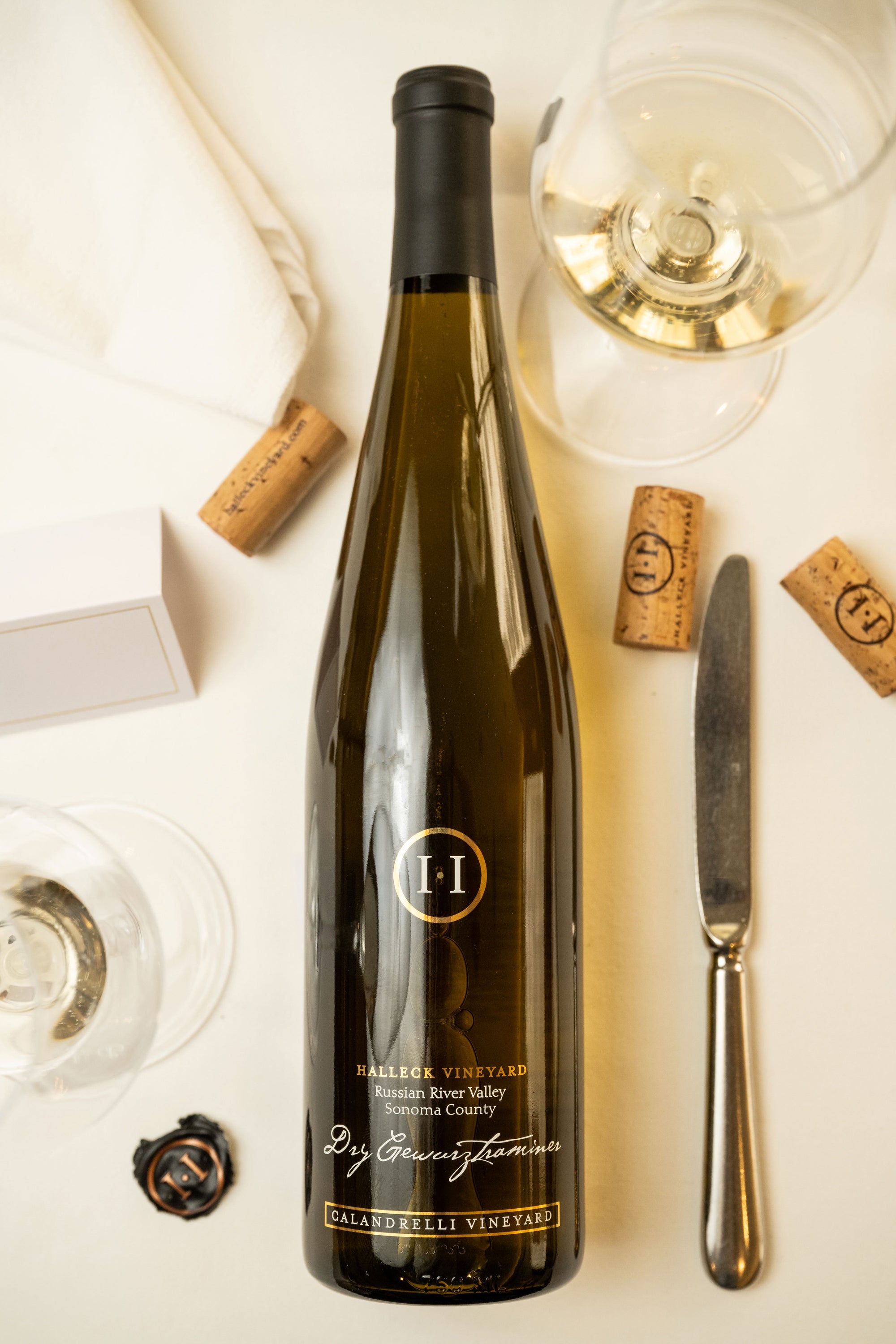Discovering the Hidden Gems of Sonoma County 95468
Discovering the Hidden Gems of Sonoma County 95468
Blog Article
The Allure of Wineries in Sonoma County 95404
Understanding the nuanced vocabulary associated with winery wine tasting is important for both novices and seasoned connoisseurs alike. Each term brings to life the experience of tasting wine and might enhance one’s appreciation of the many intricacies concerned. Wine tasting is more than simply consuming; it is an art that involves numerous senses and emotions.
To begin with, the term "nostril" refers again to the aromas one detects when smelling the wine. This is a crucial step because the bouquet units the stage for the tasting experience. Notes of fruit, spice, earth, and wooden could mingle, offering a glimpse of what the palate may affirm. Understanding "nosing" the wine can dramatically elevate one's sensory journey.
One Other key aspect is the term "body." The body of the wine describes its weight and fullness on the palate. A full-bodied wine has a sturdy presence and tends to linger longer after swallowing. Conversely, light-bodied wines may really feel more delicate and refreshing. Recognizing the physique helps tasters assess the wine's construction and steadiness.
Book Your Experience for Unforgettable Wine Tours in Sonoma
The idea of "tannins" is important in pink wine tasting. Tannins are compounds derived from grape skins, seeds, and stems, contributing to a wine's texture and getting older potential. Excessive tannin wines often result in a dry mouthfeel, while decrease tannin levels yield a smoother experience. This distinction is especially important when pairing wines with food, as tannins can either complement or conflict with certain dishes.
In addition to tannins, "acidity" plays a big position in the wine tasting experience. Acidity gives wine its crispness and liveliness - Explore the Best Wineries in Sonoma County to find Remarkable Wine Tasting Experiences. Wines with greater acidity are usually refreshing and energizing, making them wonderful companions for a variety of meals. Recognizing acidity can drastically improve one’s food-pairing capabilities and total tasting enjoyment.
When delving into the flavor profile of a wine, one could encounter the term "finish." The end refers to the aftertaste that lingers within the mouth after swallowing. A long end is often associated with high-quality wines, because it signifies complexity and depth. A brief end may recommend a less complicated wine. Understanding tips on how to evaluate the end can reveal much a few wine's character.
Exploring the "vintage" can additionally be integral to wine tasting terminology. The vintage denotes the yr during which the grapes were harvested. Totally Different years can yield vastly completely different results because of variations in climate situations. For instance, a scorching summer time can produce extra concentrated flavors, while a cooler year would possibly yield more delicate, nuanced wines. Understanding vintage allows for a deeper appreciation of a wine’s origin and potential.
Enjoy Award-Winning Pinot Noir and Chardonnay from Sonoma 95407
The term "terroir" encompasses the geographical and environmental factors that contribute to a wine's distinctive character. Factors such as soil sort, climate, elevation, and topography all play a job in the flavor and high quality of the wine. This connection to place helps one perceive why wines from different regions can style so distinctively different, even when produced from the same grape variety (Participate in Tasting Events in Sebastopol).
When participating with wines, the phrase "leg" refers to the droplets that type on the inside of the glass after swirling. These droplets can point out the wine's alcohol content material and viscosity. Whereas observing the legs won't immediately relate to the wine’s taste, it provides to the general experience and intrigue of wine tasting much less clear.
Best Wineries Near Sebastopol You Must Visit
A more particular term that will arise throughout tastings is "oak." The influence of oak barrels on wine can impart flavors similar to vanilla, toast, or spice. The diploma of oak aging can vary widely among wines, affecting both aroma and style. Understanding oak remedy supplies insights into the winemaker’s selections and the ensuing complexity of the wine.
In wine tasting, one might also hear the term "palate." The palate refers back to the general taste experience in the mouth. This encompasses sweetness, bitterness, acidity, and body. A well-balanced palate is essential for a harmonious tasting experience, and recognizing any imbalances helps assess the quality of the wine.
The experience of wine tasting is greatly enriched by understanding the terminology that accompanies it. Each term serves a objective, enhancing the power to convey thoughts and feelings about the wine one's experiencing. This vocabulary bridges communication between tasters, sommeliers, and winemakers alike.

To absolutely take pleasure in wine tasting, it's essential to engage all senses. The sight of the wine, its color, and clarity can present perception into its age and quality. Swirling the wine releases aromas that heighten the olfactory experience, while the actual tasting allows for a whole analysis of the wine's profile.
Experience the Taste of Single Vineyard Wines in Sonoma County
In conclusion, understanding the detailed rationalization of winery wine tasting terminology tremendously enhances the experience of tasting. Every term invites the taster to engage more deeply with the wine, encouraging connections to the senses, the winemakers, and the lands where the grapes are grown. This nuanced vocabulary creates a richer, more fulfilling wine tasting experience.
- Aroma refers to the scents launched by the wine, which may indicate its grape selection and affect the tasting experience.
- Tannins are pure compounds present in grape skins, seeds, and stems, contributing to the wine's construction and getting older potential.
- A end, or aftertaste, is the lingering flavor sensation that remains on the palate after swallowing, often a key indicator of quality.
- Body describes the weight and fullness of wine in the mouth, generally categorized as light, medium, or full-bodied.
- Terroir denotes the distinctive environmental traits of a winery that affect the style and high quality of the wine, together with soil kind and local weather.
- Acidity is a crucial element that contributes to a wine's freshness and stability, impacting its getting older functionality and general flavor profile.
- Vintage indicates the yr grapes were harvested and plays a significant function in figuring out the wine's traits, reflecting particular climatic conditions.
- Decanting involves pouring wine from its bottle into another vessel, permitting it to aerate and enhancing its flavors and aromas.
- A corked wine could additionally be tainted by a defective cork, resulting in musty or off-putting flavors that detract from the wine's intended profile.
- The term “legs” refers back to the droplets that cling to the within of a glass after swirling, usually related to the wine's alcohol content and viscosity.undefinedWhat is the meaning of "nostril" in wine tasting?undefinedThe "nostril" refers again to the aroma profile of the wine, which is detected through the sense of smell. It Is an important aspect of wine tasting, as aromas can reveal a lot in regards to the grape selection, winemaking process, and growing older.
How next should I correctly style wine?undefinedTo taste wine effectively, observe these steps: observe the color, swirl the wine to aerate it, take a mild sniff to capture the aromas, sip and let it coat your palate, and at last, note the finish. This approach helps in appreciating the wine’s complexity.
What are "tannins" and how do they affect wine?undefinedTannins are pure compounds present in grape skins, seeds, and stems that contribute to a wine's structure and astringency. They can create a drying sensation in the mouth, and so they additionally play a role in the wine's getting older potential.
Insider Tips for Visiting Sonoma Wineries

What does the term "steadiness" mean in wine tasting?undefinedSteadiness refers to the harmony between the completely different components of a wine, corresponding to acidity, sweetness, alcohol, tannin, and flavor intensity. A well-balanced wine could have each of those elements supporting each other rather than overpowering the others.
What is the importance of "terroir" in wine tasting?undefinedTerroir encompasses the environmental factors—such as soil, climate, and geography—that affect the traits of the wine produced in a specific area. Understanding terroir helps tasters appreciate the distinctive qualities that completely different regions impart to their wines.
What does "vintage" mean and why is it important?undefined"Vintage" signifies the year when the grapes have been harvested. It is crucial as a end result of it affects the wine’s high quality and traits, as weather circumstances in the course of the growing season can considerably affect flavor profiles and aromatics.
What are "legs" and what do they signify?undefined"Legs" refer to the droplets that type and run down the within of a glass after swirling wine. While they'll indicate alcohol content and viscosity, they don't decide quality—this is more about personal perception of this website richness.
Experience the Rich Terroir of Sebastopol with Chardonnay
What does "full-bodied" mean versus "light-bodied"?undefined"Full-bodied" wines are wealthy, dense, and sometimes have larger alcohol content material and complex flavor profiles, whereas "light-bodied" wines are more delicate and refreshing with a decrease alcohol content material. This distinction helps tasters understand the anticipated weight and mouthfeel of the wine.
How can I identify fruit flavors in wine?undefinedTo establish fruit flavors, think about the aroma and style profiles. Swirl the wine, inhale deeply to seize the bouquet, and give attention to particular characteristics. Familiarity with typical fruit profiles of assorted grape varieties can enhance this identification course of.
What is "finish" in wine tasting?undefinedThe "end" refers to the aftertaste that lingers within the mouth after swallowing. A long, advanced finish is commonly a sign of high quality in a wine, as it displays the depth of flavor and overall craftsmanship within the winemaking process. Report this page